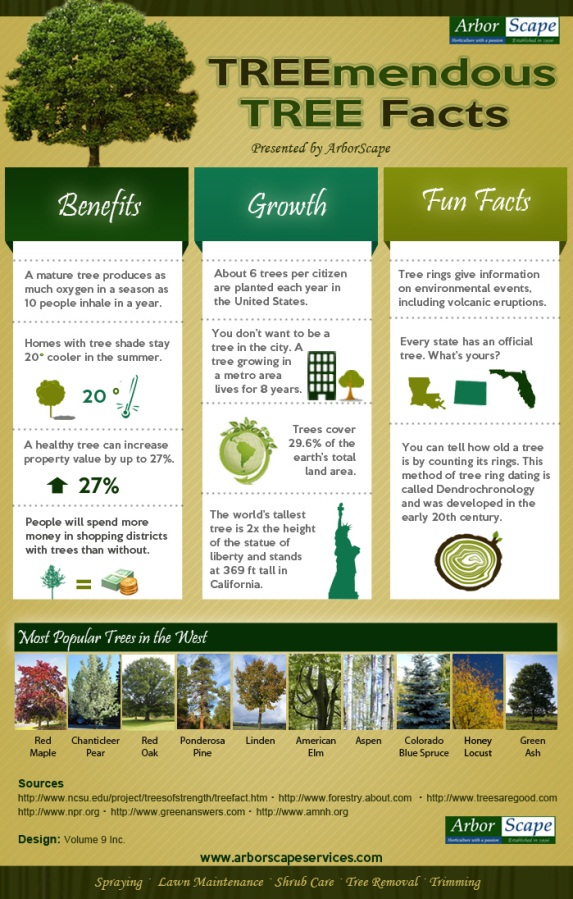The Environmental Influence Of Tree Removal: What You Need To Know
The Environmental Influence Of Tree Removal: What You Need To Know
Blog Article
Post By-Marks Mccullough
When it involves the environmental influence of tree removal, there are critical aspects that require your focus. From the elaborate web of connections within communities to the succeeding effects on climate patterns, the effects are extensive. You might be amazed to discover the elaborate ways in which the removal of trees can resound throughout the setting. Remain tuned to unwind the complex connections and implications of this relatively uncomplicated act.
Deforestation and Environment Loss
Deforestation and habitat loss are critical issues originating from tree removal. When trees are cut down, it interrupts whole communities. Not just are the trees themselves lost, however the homes and food sources of many plant and animal types are damaged as well. Birds lose their nesting websites, animals lose their sanctuary, and insects shed their habitats. The effects surge through the food web, influencing killers and victim alike.
In addition, logging contributes to environment change. Trees play a critical function in taking in co2, a greenhouse gas that traps heat in the environment. With fewer trees, there's less carbon dioxide absorption, bring about increased degrees of this gas in the ambience and aggravating global warming.
Environment loss is a straight outcome of logging, as the devastation of woodlands suggests the loss of distinct and diverse environments. Lots of species are incapable to adapt to quick changes in their atmosphere, bring about population declines and, in some cases, extinction.
Securing woodlands is vital to maintaining the delicate equilibrium of nature and making certain the survival of numerous plant and animal varieties.
Influence on Biodiversity
The elimination of trees has a substantial influence on biodiversity, impacting the selection and wealth of plant and pet varieties in a location. Trees offer habitat and food sources for numerous organisms, from insects to birds to creatures. When trees are gotten rid of, these species lose their homes and sources of nutrition, causing a decline in their populations. This interruption can have plunging effects on the whole ecosystem.
Additionally, trees play a critical function in keeping biodiversity by producing microhabitats within their canopies, trunks, and origins that support a large range of species. When trees are cut down, these specialized settings are ruined, reducing the general variety of the location.
In addition, the elimination of trees can cause a reduction in genetic diversity within plant populaces, as certain tree species might no longer have the ability to recreate or distribute successfully. Securing trees and forests is crucial for protecting biodiversity and making sure the wellness of ecological communities for future generations.
Dirt Erosion and Environment Adjustment
With trees being removed from a location, the interruption of dirt structure and stability happens, resulting in raised soil disintegration. Trees play a crucial role in stopping disintegration by holding dirt in position with their root systems. When trees are eliminated, especially in large numbers, the dirt ends up being more prone to disintegration from wind and water. This disintegration not just impacts the prompt surroundings but can likewise lead to sedimentation in nearby water bodies, impacting water quality and water communities.
In addition, trees aid manage the environment by absorbing co2 during photosynthesis. When trees are lowered, this natural carbon sink is reduced, contributing to increased levels of greenhouse gases in the environment. visit the site , bring about even more severe weather occasions and disturbances in ecological communities worldwide.
Therefore, the removal of trees not only increases dirt erosion yet likewise contributes in the bigger ecological concern of environment change. It's essential to take into consideration these factors when evaluating the impacts of tree elimination on the setting.
Conclusion
Since you understand the environmental impact of tree elimination, think about the repercussions prior to reducing trees. Logging interferes with ecosystems, minimizes biodiversity, and adds to dirt erosion and climate change. By bearing in mind the impact of tree removal, you can help protect our atmosphere and preserve the fragile equilibrium of nature. Make informed choices and think about different remedies to lessen the negative effects on our planet.
